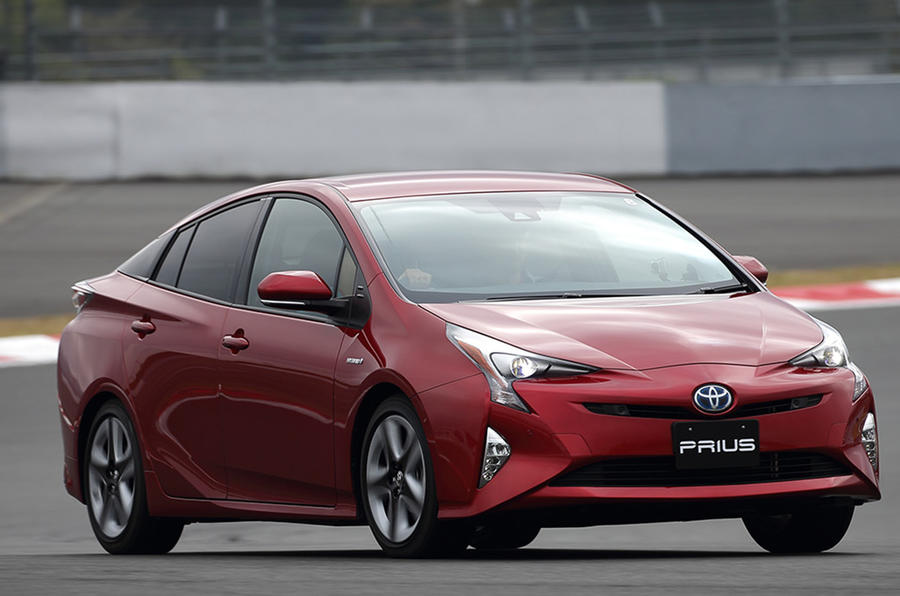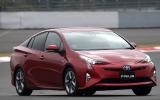What is it?
This is the fourth-generation Toyota Prius, the petrol-electric car that played a huge role in kick-starting the acceptance of hybrids when it first appeared in 1997.
The new Prius is the first model to be based upon the Japanese manufacturer’s new TNGA modular architecture, said to bring advantages in terms of interior space, mechanical packaging and chassis sophistication. In turn, that should mean a car that offers a more involving driving experience than the outgoing model.
However, the emphasis is still on remarkable fuel economy and low CO2 emissions, and in that respect the new Prius has taken a significant step forward. According to Toyota’s own figures, it emits an impressively low 70g/km of CO2 and is capable of 94.1mpg.
At 4540mm, the new car is 60mm longer than the Prius Mk3. It is also 15mm wider and 20mm lower, while retaining the same wheelbase of 2700mm, and has a more slippery shape than of old.
The now more compact powertrain components in the front of the car have been positioned 10mm lower than before. Toyota claims the new platform helps to lower the centre of gravity and that, allied with a 60% increase in body rigidity and revised front and rear suspension, gives the Prius improved handling response and agility.
Not everything is new about this Prius, however: it retains the 1.8-litre petrol engine used by its predecessor – codenamed 2ZR-FXE – although the unit has been significantly overhauled.
Toyota claims to have improved the engine’s maximum thermal efficiency from 38.5% to 40%, which is an impressive figure for a petrol unit. The petrol engine produces 97bhp while the electric motor makes 71bhp.
The electric motors in European versions of the car will continue to be fuelled via a nickel-metal hydride battery pack, albeit a newly developed version compared to that used by the third-generation Prius. Toyota claims the new battery is smaller than the old one, and can recharge via the generator more rapidly, by as much as 28%.
The reduction in size, allied with the packaging possibilities of the new TGNA architecture, mean the battery has been shifted even further under the rear seats, freeing up 56 litres of extra boot space in the boot of the new Prius to give it a total capacity of 502 litres. The rear bench splits 60/40 for more load carrying space. This is also the first Prius to be rated for towing, with an unbraked capacity of 725kg.












Join the debate
Add your comment
Auris v Prius
The sheer number of Priuses
Prius = cabbie
More space for paying passengers...
Looks to advertise hybrid status wouldn't come into it, surely? But space would be important, as would any financial incentives. Plenty of legroom in the back of the Prius.
I think bizarre styling kinda